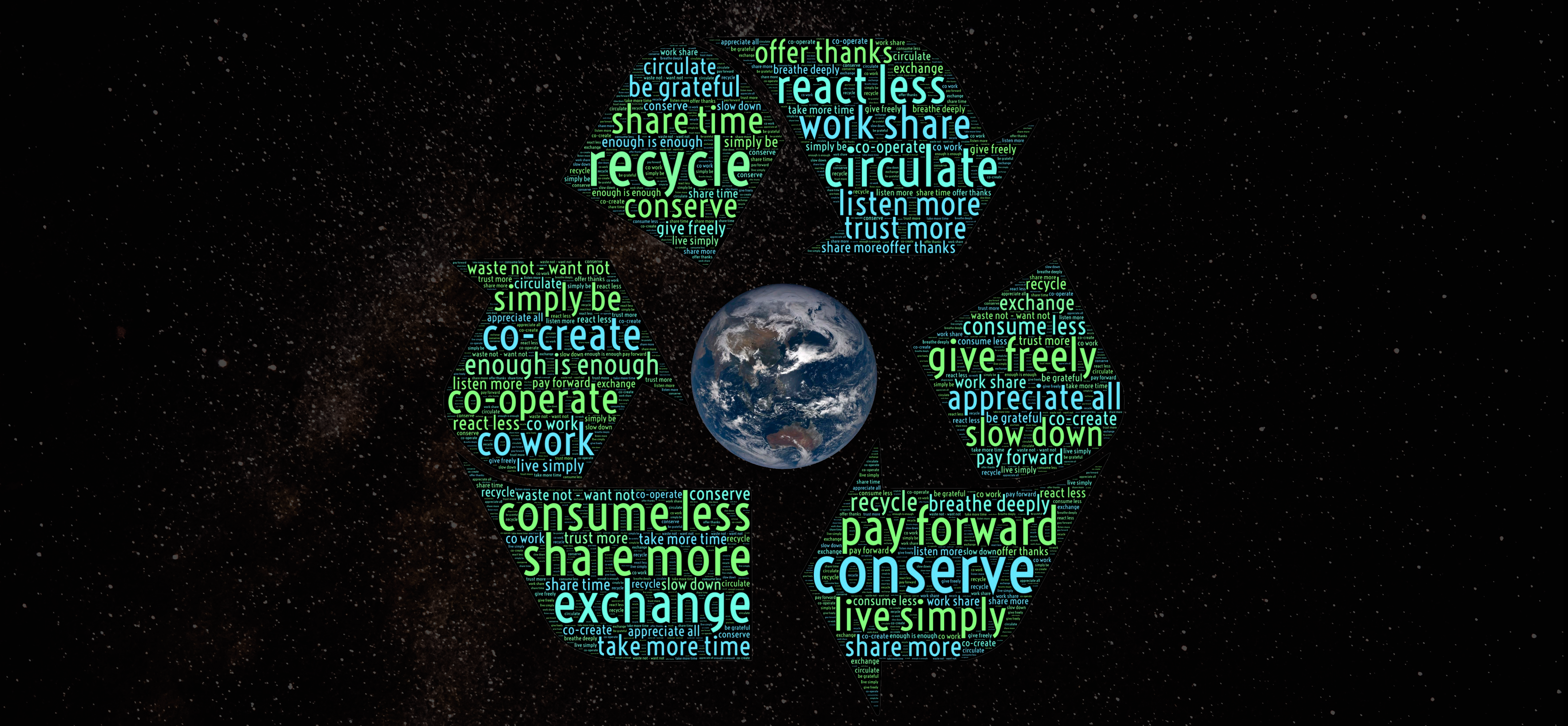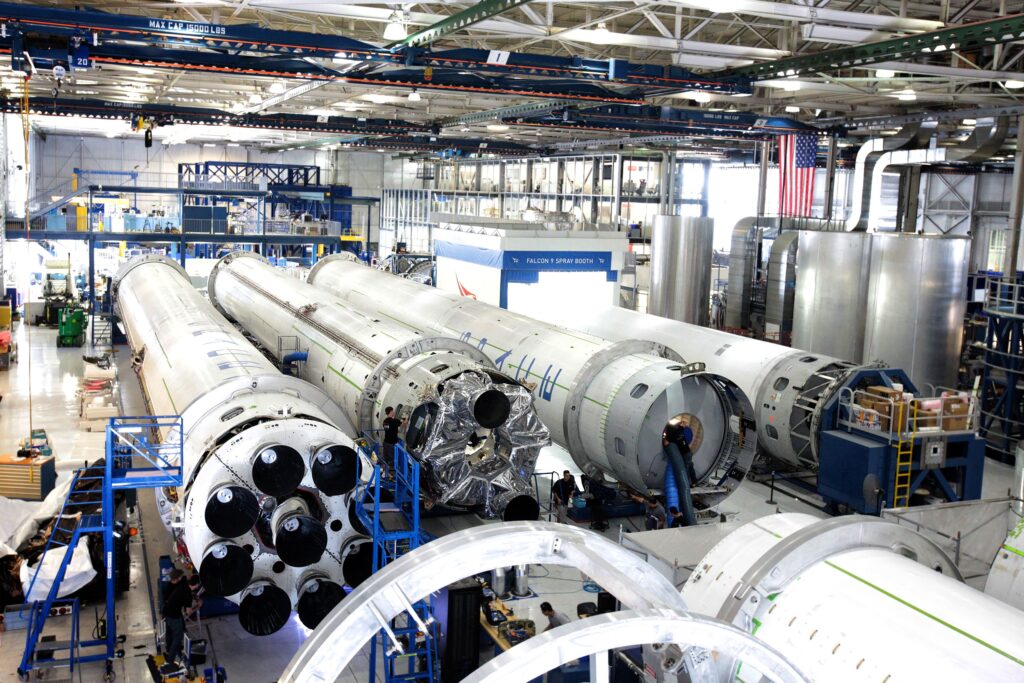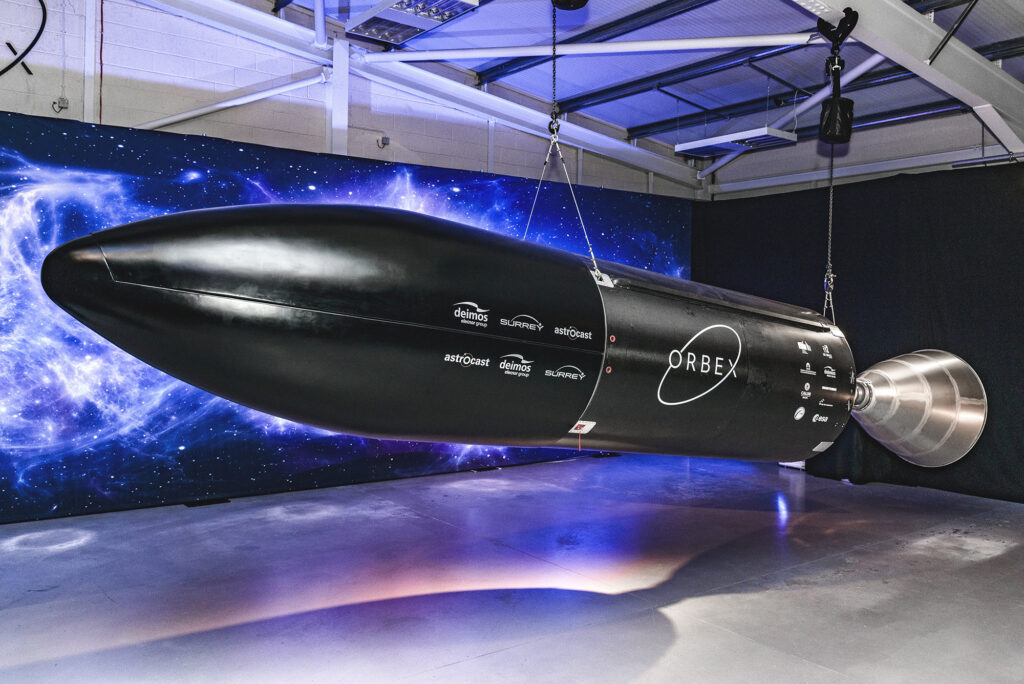


Green Space exploration
Million dollar question, can space be explored in an environmentally friendly way?
Well, in a nutshell, yes. You might have heard of the 3 R’s of wiser use of resources: Reduce – Reuse – and Recycle, for a better world and a cleaner planet. When discussing space exploration, it’s not as simple as drinking less bottled water, reusing your plastic bags, and placing your recyclable goods in the blue bins on recycling pickup. Space is vastly more complex. Thus, the solutions of greener space exploration are much more complex.
Space exploration has few critical steps.
-
The design and development of the spaceships.
-
Manufacturing of the vehicles and all of its parts.
-
Production and manufacturing of the fuel, as well as figuring out storage and transportation.
-
Launching vehicles and burning some sort of propellant for thrust.
It’s highly unlikely that there will be one solution, that will be a saving grace or a magic bullet, for the space industry as a whole in terms of environmental impact. It is much more likely that incremental steps in each of the four steps of space exploration mentioned above, will create the so-called butterfly effect, small improvements in many places by many companies will create a large net impact, over time.
Rockets and technology can be developed in facilities that use renewable energy for their day to day operations.
Some companies focus on using bio derived and friendly fuels. Many try to reuse their rockets and large parts such as boosters, for multiple launches. Some space companies have embraced additive manufacturing technology, such as 3-D printing, for parts and/or entire rockets, which cuts down on manufacturing waste and decreases the weight of the rockets.
Although we could not find concrete data, we hope to see space exploration companies utilize renewable energy sources, as the efficiency of solar and wind energy increases, for a smaller carbon footprint here on Earth.
Orbex Ltd, a UK based aerospace company, has taken a two way approach to eco friendly space exploration.
First, by 3-D printing large parts of their Prime rocket which reduces weight as well as manufacturing waste, thus improving payload capacity, and secondly, by developing engines that run on bio-derived propane fuel, which is not only cleaner burning, but is actually a by-product from renewable diesel production process.
 Most fuels take some shape of using carbon from the ground, burning it for thrust, putting that carbon and harmful emissions into the atmosphere where it is potentially harmful to all humanity. By using bio-derived fuels, produced with renewable energy, they burn much cleaner than their fossil counterparts, leaving less carbon and harmful byproducts in our atmosphere.
Most fuels take some shape of using carbon from the ground, burning it for thrust, putting that carbon and harmful emissions into the atmosphere where it is potentially harmful to all humanity. By using bio-derived fuels, produced with renewable energy, they burn much cleaner than their fossil counterparts, leaving less carbon and harmful byproducts in our atmosphere.
bluShift Aerospace, a Maine based aerospace company, uses a non-toxic bio-derived fuel that is manufactured using renewable energy, in order to provide carbon-neutral satellite launches that empower humanity’s access to space, while safeguarding life on our home planet.

Blueshift Aerospace
Manufacturing spaceships can also be produced using green sources of energy and using recycled materials, such as aluminum. Huge part of exploring space in green ways is reusing large portions of the rockets. Build once, spend the resources, and reuse, in order to minimize impact on the environment.
Although NASA’s space shuttle was the first reusable spaceship, the vehicle and its semi-disposable boosters required months of refurbishment prior to reuse.
Blue Origin was the first successful launch of a reusable vertical take-off and landing vehicle. SpaceX is constantly breaking records of the number of launches per year, in large part due to their reusable rockets and boosters business model.

Much of our current environment regulations came because of catastrophes.
For example, clean water regulation was passed after lakes and rivers kept catching fires due to toxic by-products dumped by manufacturing plants, as well as highly harmful effects to fish and humans after exposure. At what point will the governments of space faring nations take notice and start implementing some sort of environmental regulations? Will it take a catastrophe as in years past, or will world leaders be proactive and take early action to mitigate harmful effects, when industry reaches critical mass?
Would grants from governments and foundations, to help develop greener technology, hold the key to an environmentally responsible exploration of space? Programs such as Small Business Innovation Research and Small Business Technology Transfer provide resources for early development of innovative ideas, and help to transfer those technologies to commercialization and implementation in the real world.
What actions and regulations would you like to see the space industry adapt, in order to preserve our environment and planet?
Sergei Panov
Founder “Space Agency”





